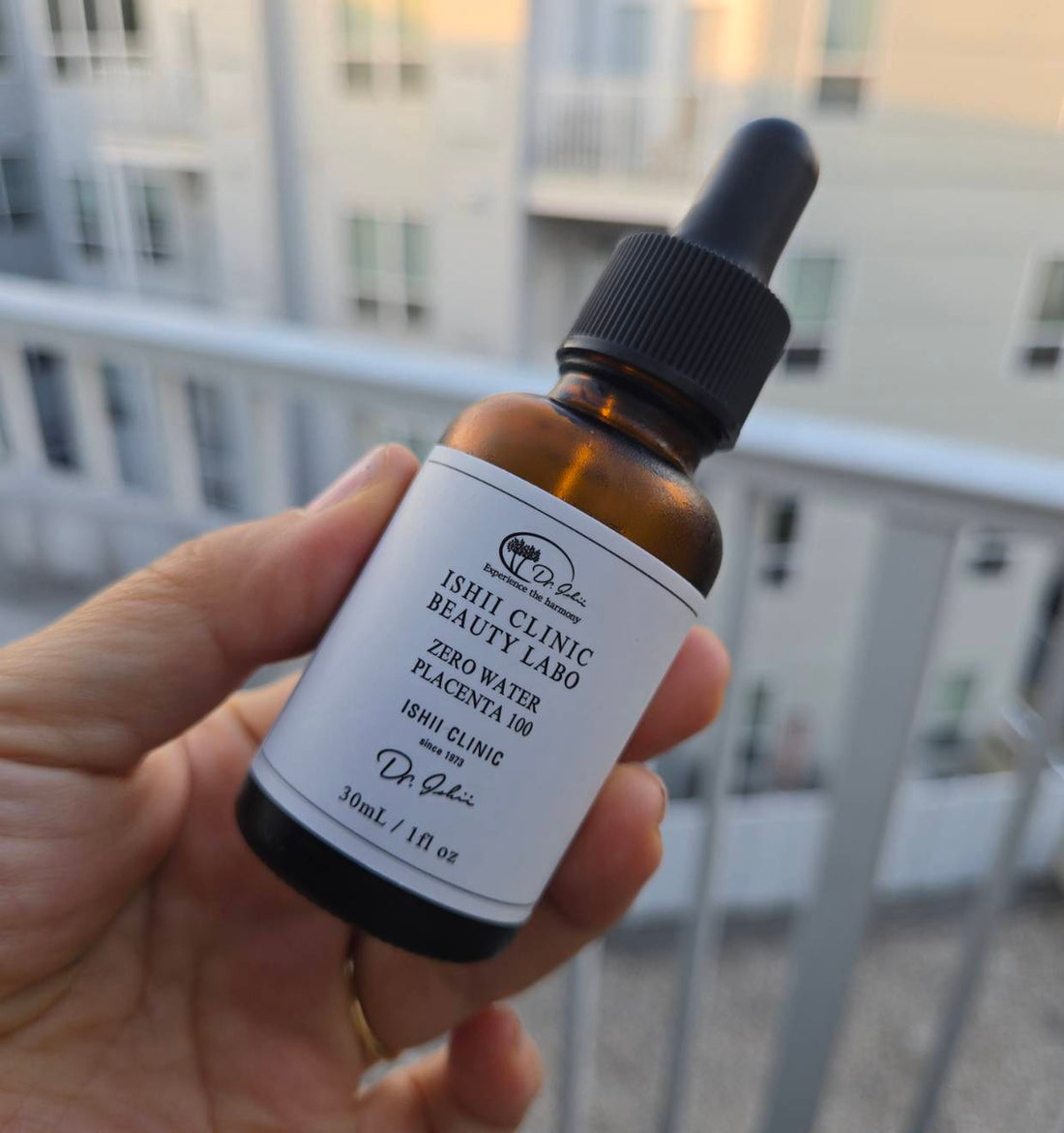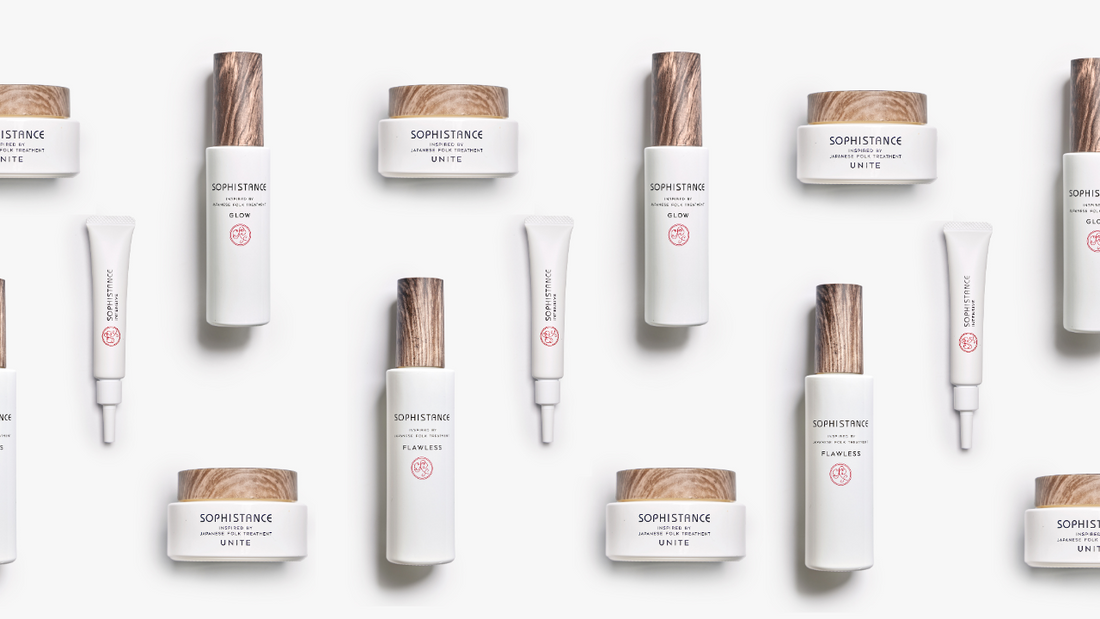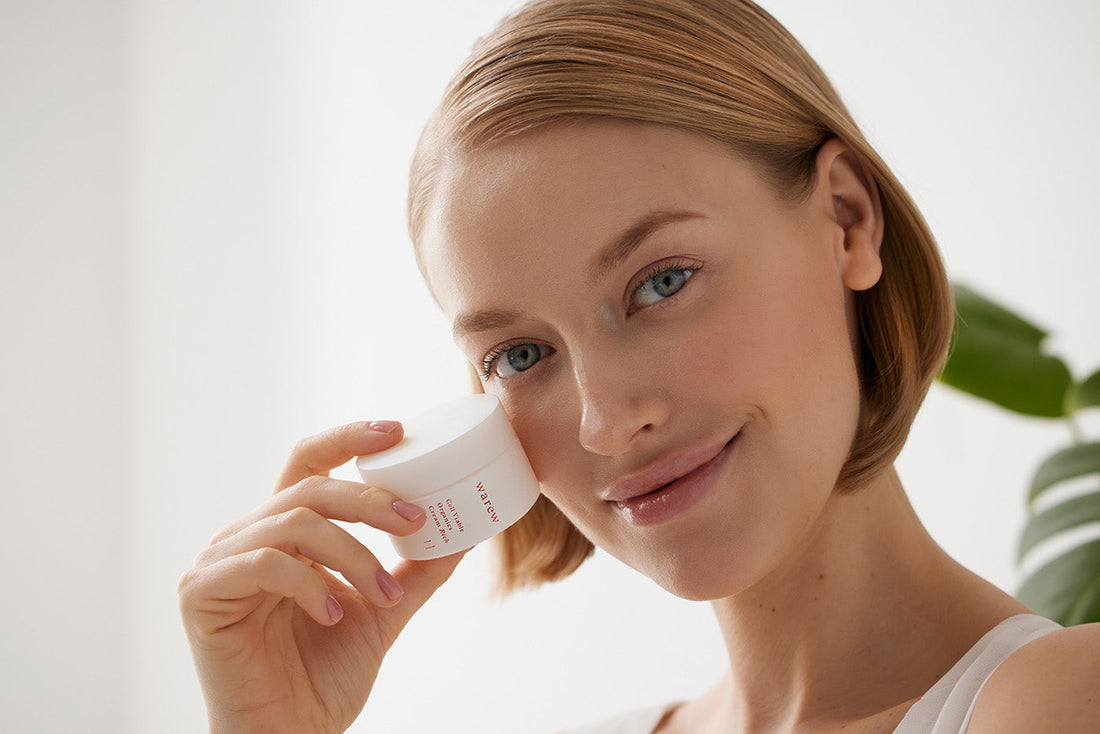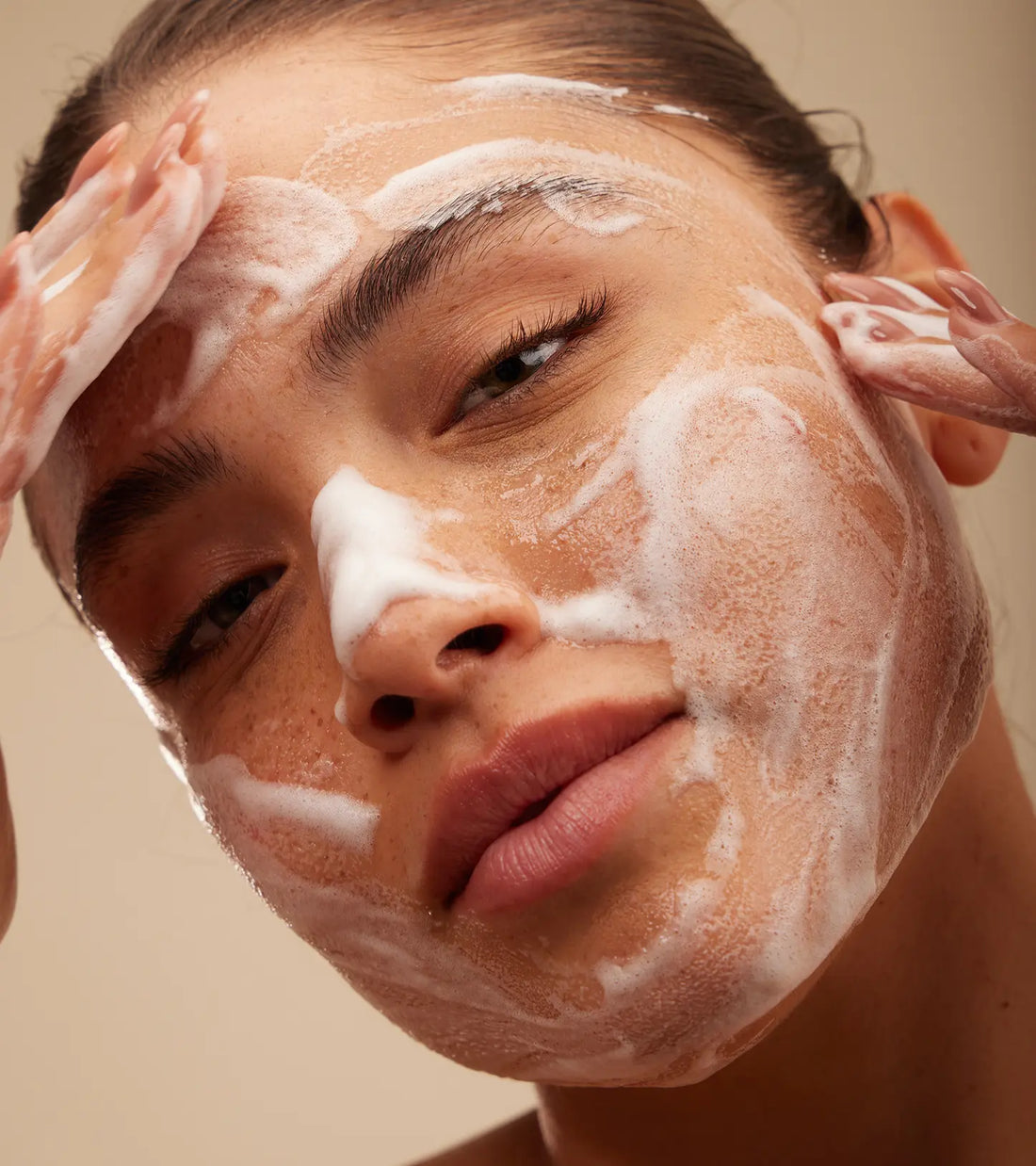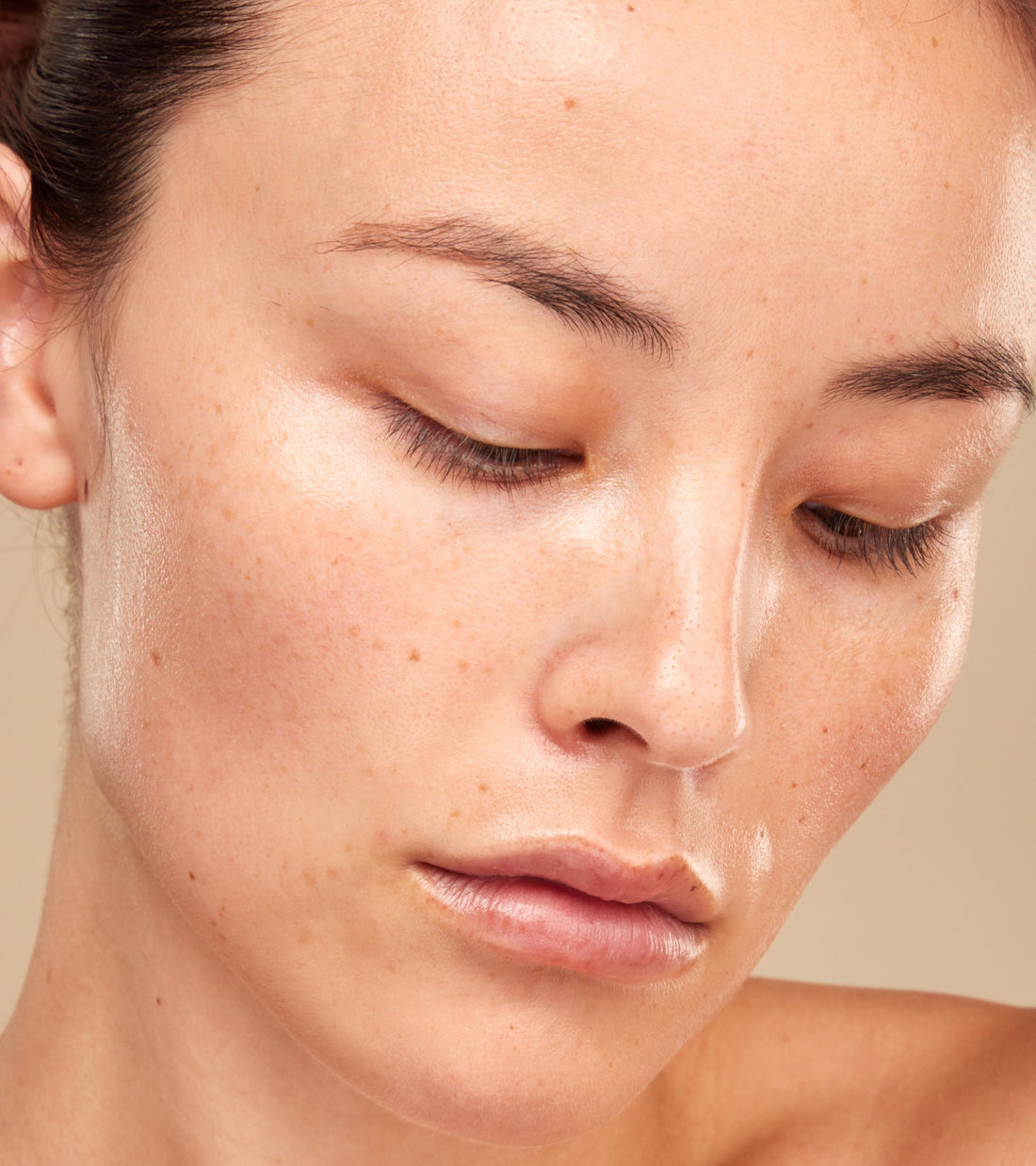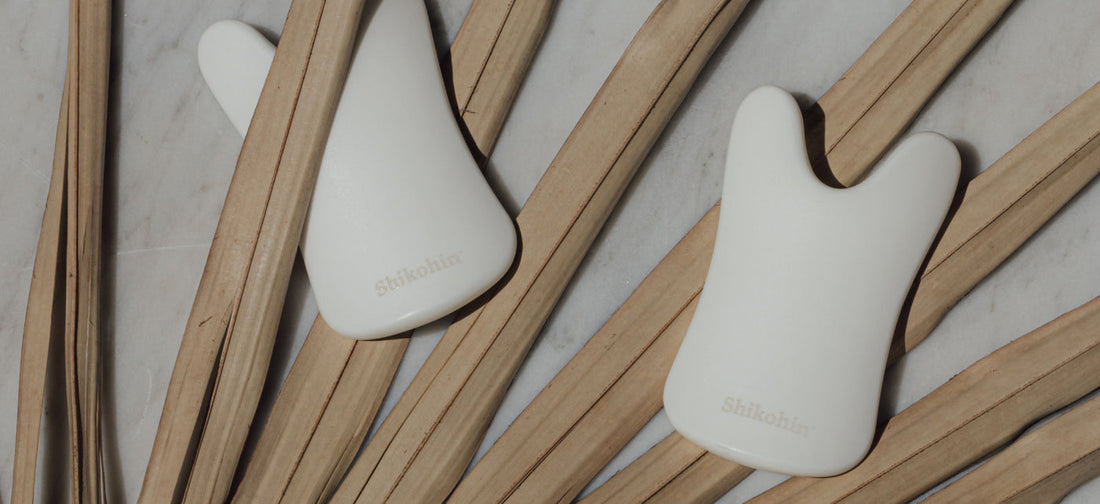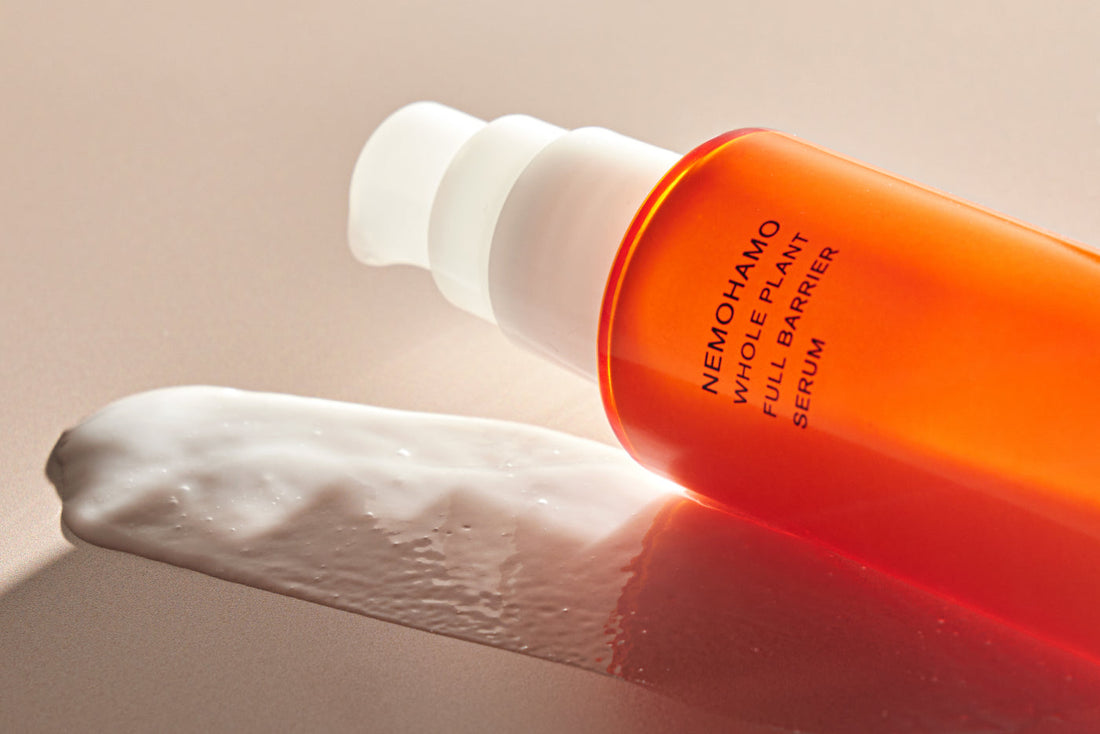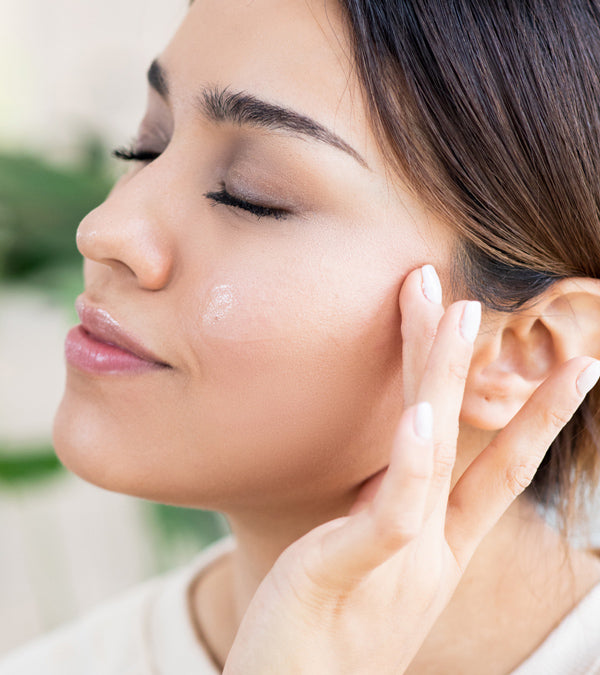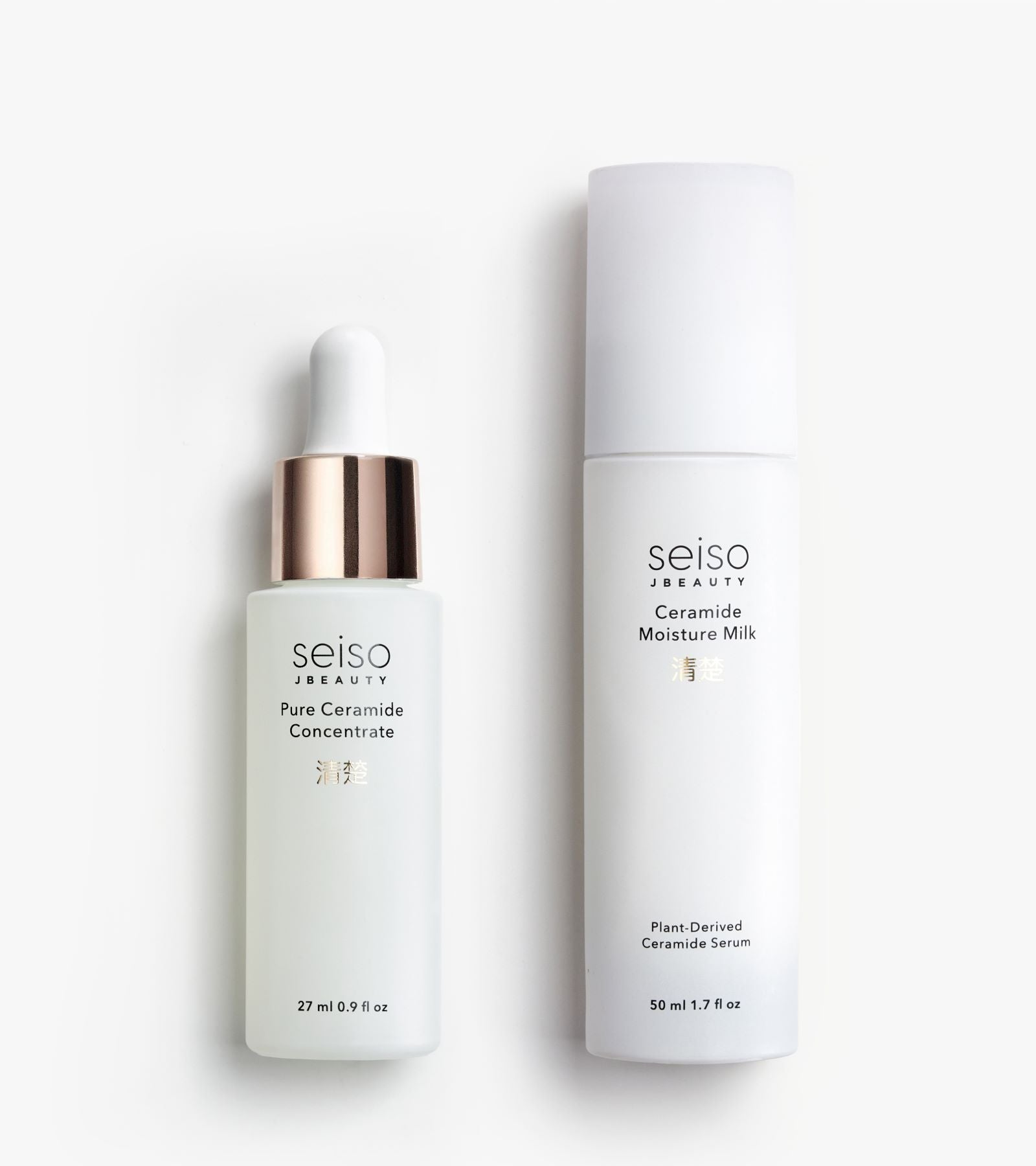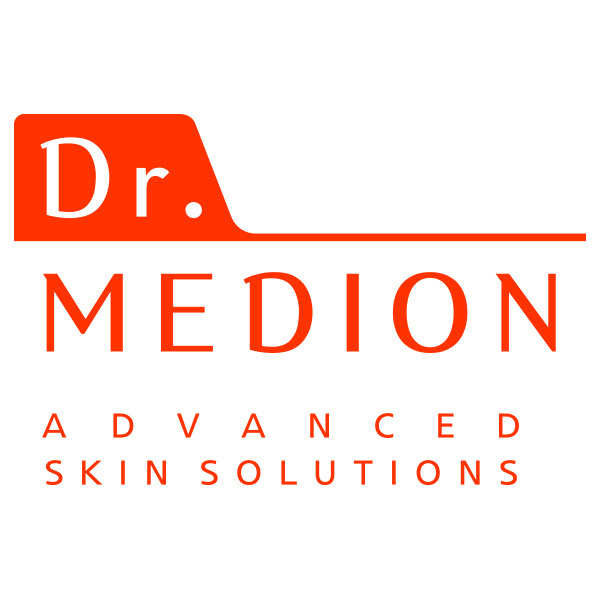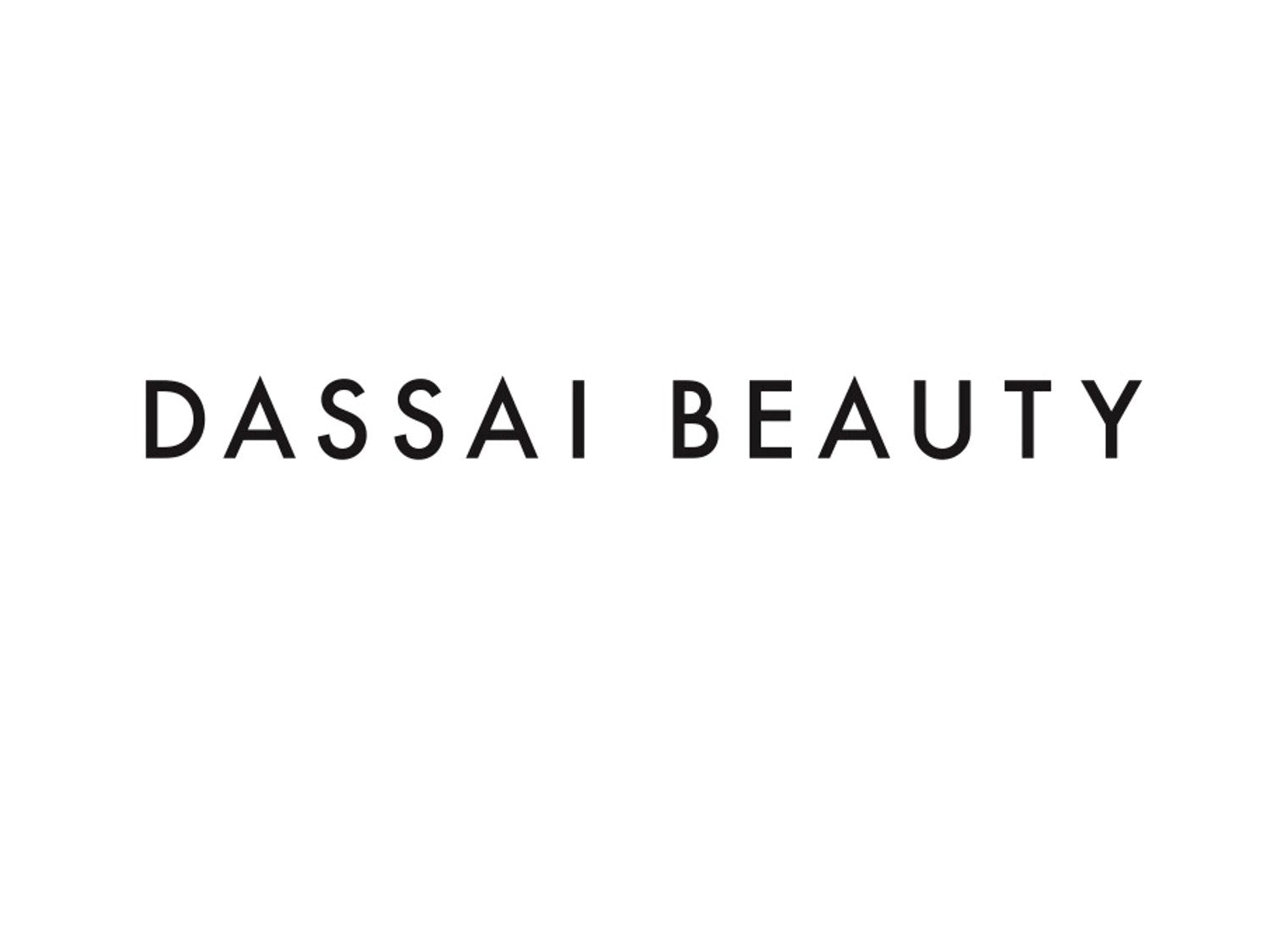Korean Skin Care Routine
Korean beauty is well known thanks to countless social media influencers and famously features a 10-step regimen - which can be extended to include up to 15 steps every day. This lengthy ritual is still focused on building layers of hydration, using a range of products that are uniquely Korean. Snail mucin, bee-derived, propolis, and honey are some of the ingredients you can expect to find in traditional K-Beauty products.
Ingredients in K-Beauty and J-Beauty Products
While K-Beauty ingredients are wide ranging, J-Beauty ingredients tend to be minimalistic, with a strong reliance on traditional and natural products. Green tea, camellia oil, and rice-based ingredients nourish the skin gently and holistically.
The texture of J-Beauty and K-Beauty ingredients also tends to vary, with K-Beauty products featuring bouncy gels and silky serums. J-Beauty products tend to prioritize a lightweight, non-greasy feel on the skin, with a focus on functionality and efficacy rather than indulgent textures.
Glass Skin Vs. Mochi Skin
While both J-Beauty and K-Beauty seek to nourish healthy skin, the expected outcome of each routine differs slightly. K-Beauty products are designed in the pursuit of "glass skin." This term refers to a complexion that's flawlessly smooth, luminous, and seemingly transparent, akin to glass, and usually necessitates the use of makeup to finish the look.
In contrast, J-Beauty celebrates the concept of "mochi skin." Mochi, the chewy Japanese rice cake, serves as the metaphor. Mochi skin is soft, supple, and plump, with a healthy, youthful bounce. It's not about extreme translucency but rather the overall health and resilience of the skin.
The approach to achieving these skin goals reflects the broader philosophies of each culture. K-Beauty's glass skin places a strong emphasis on visible perfection and the use of makeup to enhance the desired effect. On the other hand, J-Beauty's mochi skin is about nurturing and preserving the skin's natural beauty, often with minimal reliance on makeup.
Similarities and Differences Between K-Beauty and J-Beauty
In essence, both K-Beauty and J-Beauty share a common coal of achieving radiant, healthy skin, but diverge in a few key areas in their methods and philosophies. K-Beauty products seek to dazzle with cutting edge innovation, a vibrant array of ingredients, and a rich sensory journey with textures and feel. J-Beauty products focus on tradition, minimalism, and a deep reverence for natural beauty that comes from truly healthy skin.
The skincare routine that works best for you will depend ultimately on your skincare goals, preferences, and which routine resonates with you. For those seeking elaborate rituals with exotic ingredients and flashy packaging, K-Beauty may be the path you choose. For those that resonate with a minimalist approach in both routine, ingredient list, and packaging, J-Beauty will offer a simple, elegant routine and products that nurture your skin and soul. In the end, both paths lead to the same destination: a complexion that radiates with health and well-being.
Frequently Asked Questions About K-Beauty and J-Beauty
As the popularity of both K-Beauty and J-Beauty rises, it’s common for skincare enthusiasts to question how these beauty philosophies differ and which one is best suited for their needs. Below are some frequently asked questions to help guide your decision-making process.
What are the main differences between K-Beauty and J-Beauty skincare?
K-Beauty (Korean Beauty) and J-Beauty (Japanese Beauty) differ in several ways, from their ingredients and formulation to their overall approach to skincare.
K-Beauty is known for its innovative, multi-step routines that focus on hydration and achieving a glass-like, dewy skin texture. Korean skincare often features trendy ingredients such as snail mucin, hyaluronic acid, and centella asiatica, designed to target multiple concerns like acne, dryness, and aging. It also emphasizes frequent product rotation to maintain skin vitality.
J-Beauty, on the other hand, focuses more on simplicity and long-term skin health. Japanese skincare routines typically consist of fewer steps and prioritize traditional ingredients like rice bran, green tea, and seaweed. J-Beauty is about preventative care and nurturing the skin’s natural barrier, focusing on hydration and minimalism.
Which skincare routine is better: K-Beauty or J-Beauty?
There isn’t a “better” routine—it really depends on your skin type and preferences. K-Beauty might suit you best if you enjoy experimenting with different textures, innovative products, and multi-step routines. However, J-Beauty is ideal if you prefer simplicity, natural ingredients, and a more timeless, preventative approach.
Are there any similarities between K-Beauty and J-Beauty?
Yes, despite their differences, both K-Beauty and J-Beauty share a dedication to achieving healthy, glowing skin. Both approaches emphasize the importance of hydration and focus on layering lightweight products like essences and serums. Additionally, both traditions prioritize sun protection as a key aspect of anti-aging and skin health.
Can I combine K-Beauty and J-Beauty products in my skincare routine?
Absolutely! Many skincare enthusiasts find that blending the innovation of K-Beauty with the simplicity of J-Beauty offers the best of both worlds. You can combine products like a K-Beauty essence with a J-Beauty moisturizer, tailoring your routine to your specific skin needs. Just be mindful of layering too many active ingredients at once to avoid irritation.
What are K-Beauty and J-Beauty's signature products?
K-Beauty: The essence, sheet mask, and sleeping pack are iconic staples in a Korean skincare routine. These products are designed to hydrate and intensely revitalize the skin overnight.
J-Beauty: A signature J-Beauty product is the oil cleanser, often used as the first step in a routine to remove makeup and impurities gently. Japanese lotions (which are more like lightweight toners) are also a must-have, delivering hydration while preparing the skin for serums or moisturizers.
K-Beauty vs. J-Beauty: How Do Korean and Japanese Brands Differ?
In addition to differences in routines and philosophies, K-Beauty and J-Beauty brands also differ in their product development and marketing strategies.
K-Beauty Brands: Korean skincare brands focus on innovation and trends, releasing new products frequently to keep up with the latest skincare technology and ingredient fads. Popular brands like COSRX, Etude House, and Laneige are known for quickly adopting new ingredients like fermented extracts and peptides. K-Beauty is all about fun, accessible skincare with vibrant packaging and affordable pricing.
J-Beauty Brands: Japanese skincare brands focus more on refinement and quality. Instead of chasing trends, brands like Shiseido, SK-II, and Hada Labo rely on decades of research and development to create products that offer long-lasting results. J-Beauty packaging is often minimalistic and sophisticated, reflecting the idea of skincare as a form of self-care and longevity. The emphasis is on trusted ingredients, such as rice bran and collagen, that have stood the test of time.
Product Longevity: K-Beauty products are often designed to be part of a rotating skincare lineup, allowing consumers to try different formulas based on seasonal skin needs. In contrast, J-Beauty products are built for long-term use, focusing on sustainable skin health over time with fewer changes.
Target Audience: K-Beauty is typically targeted at a younger audience interested in experimental beauty and playful aesthetics, while J-Beauty appeals to those who prefer an elegant, more timeless approach to skincare, often focusing on anti-aging.



